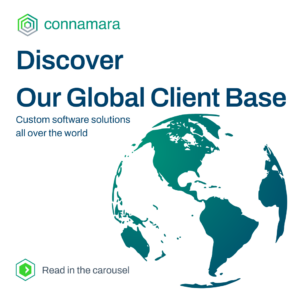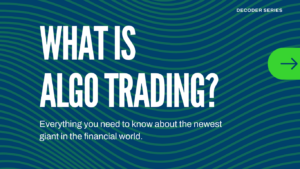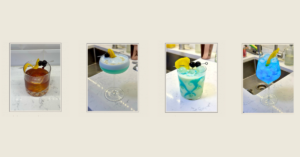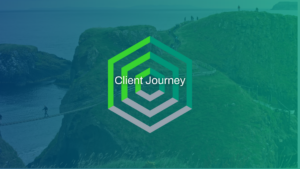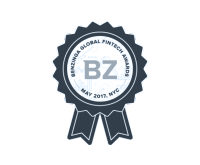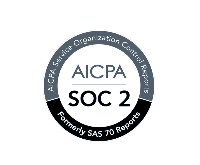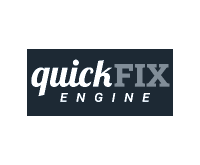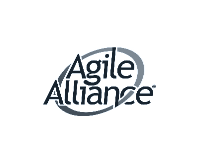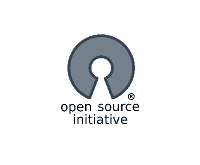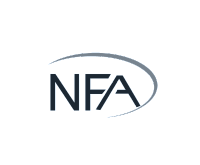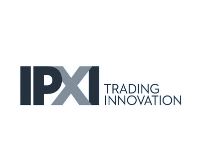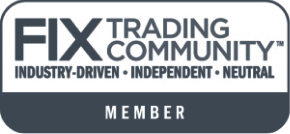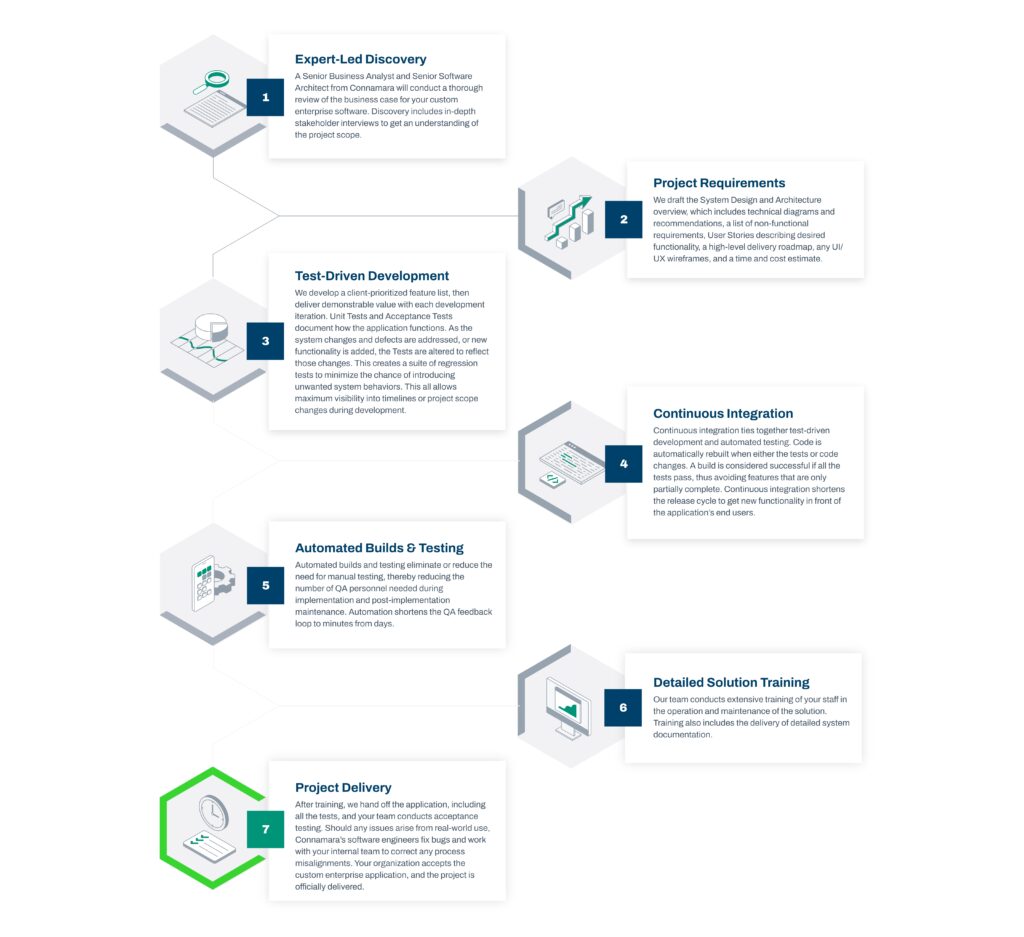
The journey can be as important as the destination.
The client journey is one of the most overlooked aspects of business relationships and customer engagement. But, having a well-designed client journey is pivotal to creating client rapport, retention, and referrals.
According to a report by Econsultancy, organizations with a well-defined customer journey see an average conversion rate of 3.5 times higher compared to those that don’t have an explicit mapping strategy. And a survey by Salesforce revealed that 84% of customers consider the experience provided by a company to be as important as its products and services. Sometimes the journey is just as important as the destination.
As the Chief Revenue Officer at Connamara, I am convinced that our company has mastered the art of the client journey over our 25 years of providing software solutions. We’ve built a system that prevents customers from getting lost in the funnel while building brand loyalty and advocacy, ultimately driving business growth and success.
In this multi-part guide, I’ll outline some key aspects of our customers’ experience and how Connamara’s client journey map builds a positive working relationship once engagement begins.
Part 1 is about taking customers from the first contact to engagement.
General Tips for Mapping Your Clients’ Journey
“At Connamara, we formulated our customer journey by listening to our clients. When a potential client contacts us, we must give them the assurance and peace of mind that they are making the right choice. That is our number one goal.” – Jim Downs, Connamara founder and CEO.
- On a basic level, client journeys should include your company’s mission, vision for customer support, methodology for executing projects, tools, software, overall goals, and metrics.
- Try to see the journey from multiple perspectives – from your client’s first, then from your engineering, marketing, and sales teams. Each demographic can provide unique insights into what customers should expect.
- Make sure the map is customizable; clients should feel their journey is a personalized experience that recognizes their specific needs.
Building Connections: Initial Contact
In the modern technology landscape, initial contact between a client and a business (or vice-versa) comes about in several ways.
- Direct referrals: either from existing or former clients or employees – can be an invaluable resource. In Connamara’s 25+ years of building custom software solutions, we’ve created a reputation as a trusted, reliable provider. We believe that by doing good business, we find good business.
- Our online presence: in an increasingly interconnected world, social media, and advertising play a critical role in showcasing our expertise and services. Many new clients have contacted Connamara after reading perspectives on this blog and interacting with our content on LinkedIn.
- Our website’s call-to-action (CTA): This user-friendly functionality prompts visitors to engage directly with us, expressing their interest and initiating a conversation. Using our CTA strategy (more on that below), we’ve built an easy and convenient avenue for digital interaction.
- Word-of-mouth: One of the most gratifying kickoffs is when a prospective client reaches out because of a company’s credibility and name recognition. At Connamara, our name holds significant weight in the capital markets and technology industry. Our innovative solutions, particularly among niche asset classes, have inspired firms to engage our services.
Demystifying the Call-to-Action for Software Development Companies
For a custom software development company like Connamara, we’re constantly fine-tuning our website’s call-to-action (CTA) to attract the customers we would best serve. In recent years, we’ve had success appealing to larger enterprise firms, such as banks, brokers, and wealth management companies. This is because we deploy a practical, competitive strategy with our client outreach. CTAs should always:
- Consist of clear and concise messaging that conveys your value-add and resonates with solutions for the client types your company serves.
- Use honest, transparent language that builds trust and precludes hesitation. Clients should feel comfortable giving you their data.
- Deploy A/B testing to track analytics and optimize customer behavior of click-through rates.
After the CTA: It’s All About Follow-Through
The client journey can get stalled if there is a “funnel clog” after potential customers fill out the CTA and hear nothing back or get stuck in a back-and-forth with the sales team.
At Connamara, as soon as we receive an inquiry on our website, a business development team member reaches out to set up an initial call or meeting.
The Initial Meeting: Alignment, Clarity, and Collaboration For Both Parties
When setting up an initial meeting with a potential client, it’s important to remember that this session is for both parties to evaluate the likelihood of a beneficial partnership. But where to begin? We start with the Ideal Client Profile.
“After more than 25 years of meeting with potential clients, we have learned the questions to ask. We have also developed an understanding of what is our Ideal Client. This is not a hard and fast, yes or no, night and day criteria, but several criteria, when combined, can describe a client and a project where we are confident that we can succeed.” – Jim Downs, Connamara founder and CEO.
Clients aside, the project must also be evaluated. What problem is this firm trying to solve, and are we the right company to solve it? Here are the best practices we follow at Connamara to ensure we’re a good fit.
- After actively listening to the client, we generally ascertain what technologies and skill sets will be required to solve the problem.
- We try to get an indication of the timeframe and cost appetite.
- We ask questions to ensure we have high confidence that we can successfully deliver the solution based on cost and timeframe.
- We never, ever overpromise.
- We’re never afraid to recommend an alternative provider if we feel Connamara is not the right solution for their goals.
Entrusting a software solution to an unknown third party is challenging for a client. If the client moves forward with us, everyone needs to be confident that we, both Connamara and the client, will be successful working together as a team. To do this, we make sure the prospective client understands that Connamara measures its success by the success of its clients. With that mindset, we take personal responsibility for delivering solutions that fulfill our clients’ goals.
The Technical Call: Getting Down to Brass Tacks
The next phase of the client journey is one or two technical calls with senior engineers. Here’s Connamara’s strategy for moving the ball forward in this phase:
- Engineers should be receptive and open so they can understand the problem broadly, discuss possible solutions and relate our experience tackling similar projects.
- Encourage the client’s technical representatives to be present on the call so they can clearly communicate their perspectives on potential technical challenges and assess our technical competence.
- Sign a mutual non-disclosure agreement so all parties feel comfortable discussing details.
- After gaining a high-level understanding of the client’s objectives, we provide a very rough ballpark estimate for time and costs.
The Discovery Project: We Do the Heavy Lifting on a Lightweight Contract
If the technical calls indicate a mutually beneficial relationship, Connamara suggests an initial Discovery Project. During this stage, Connamara assigns an internal team to dig into the problem with the client for more information.
- Here, we’re looking for details to help us make a technology recommendation, an initial set of user stories, various supporting technical documents describing the implementation and engineering solution, and a proposal for post-delivery hand-off or support.
- Discovery projects are simple engagement agreements (often one page) that don’t require extensive legal review. This moves the process forward quickly, so both parties can decide if we fit.
- Discovery projects are worth the effort because they give our team and the client a more accurate estimate.
- Back-and-forth between Connamara and the prospective client is encouraged to get total stakeholder alignment before we head to the proposal stage.
- Concurrent with discovery, Connamara works with the potential client’s legal team to get a boilerplate Master Services Agreement (MSA) ready and prevent contract delays in starting work if the client decides to move forward.
- If Connamara’s not the right fit, prospective clients can walk away, only having spent the cost of discovery. All the documentation created is the client’s to keep.
Clients are free to use any discovery artifacts to hire another provider to implement the solution proposed by Connamara.
Entering Client Engagement
Both parties should be excited at the prospect of working together at this stage of the customer journey. Next, we’ll cover what happens when a client at Connamara chooses to move forward and how you can apply our successful principles to your business.


